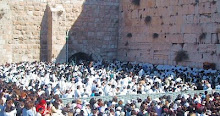http://www.rumormillnews.com/ |
Wednesday, February 9, 2011
The Stuxnet Secret
The Stuxnet Secret, by John Loftus
Shared by Aryeh
Subscribe to:
Post Comments (Atom)









No comments:
Post a Comment